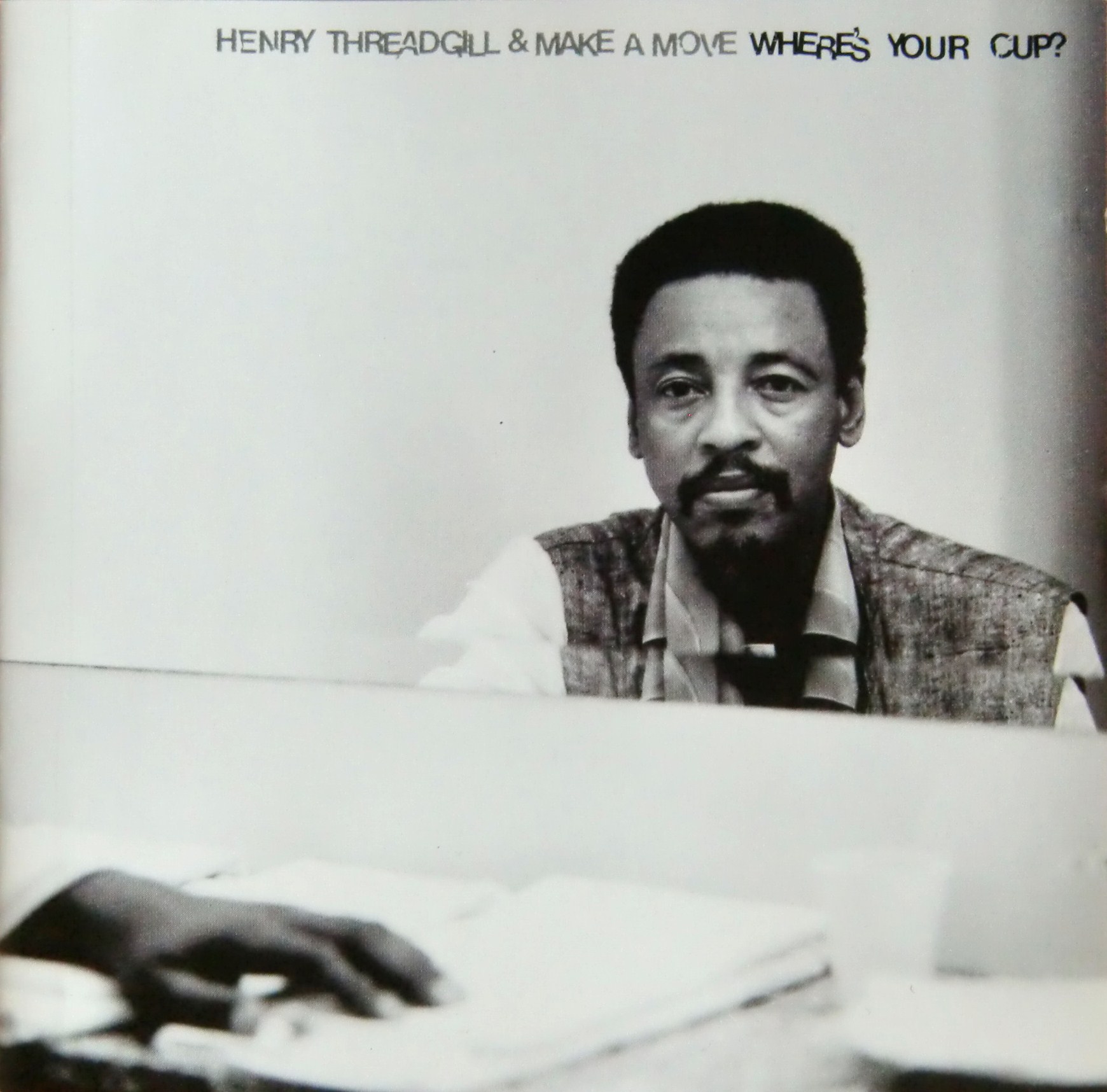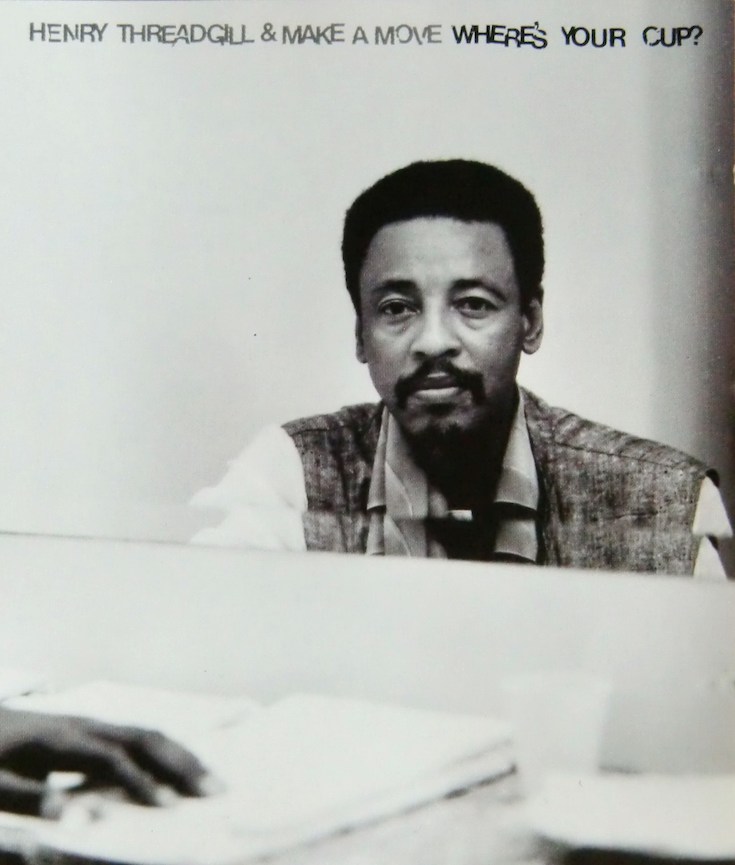veryone knows that music has charms to soothe a savage breast, but few have read the rest of William Congreve’s line, which claims it can also “soften rocks, or bend a knotted oak,” and so, in these times of breast-beating savagery, heads full of stones, and tangles in desperate need of unknotting (times to try men’s and women’s souls, one might say), there is still a vital place for music in our lives. And so, here are my picks for the 10 best jazz albums of 2016, followed by the year’s four best previously unissued old treasures.
[mc4wp_form id=”6042″]
1. Henry Threadgill’s Ensemble Double Up, Old Locks and Irregular Verbs (Pi)
Threadgill, 72, alto saxophonist, composer, avant-garde impresario, won the Pulitzer Prize for his 2015 album, In for a Penny, in for a Pound, but this new one, featuring an odd septet (two alto saxes, two pianos, cello, tuba, and drums), is better still—a through-written, 47-minute masterpiece, with sweeping solo improvisations, segueing from lyrical to boisterous, mournful to giddy, always drenched in rhythm, at once epic and intimate.



 Photo | Courtesy Larry Busacca
Photo | Courtesy Larry Busacca
Jazz is a music genre that originated from African American communities of New Orleans in the United States during the late 19th and early 20th centuries. Since the 1920s during the jazz age, jazz has become recognized as a major form of musical expression following George Gershwin and other notable composers. It emerged in the form of independent traditional and popular musical styles, all linked by the common bonds of African American and European American musical parentage with a performance orientation. Jazz is characterized by swing and blue notes, call and response vocals, polyrhythms and improvisation. Jazz has roots in West African cultural and musical expression, and in African American music traditions including blues and ragtime, as well as European military band music. Although the foundation of jazz is deeply rooted within the black experience of the United States, different cultures have contributed their own experience and styles to the art form as well. Intellectuals around the world have hailed jazz as “one of America’s original art forms”. Wikipedia


You must be logged in to post a comment.